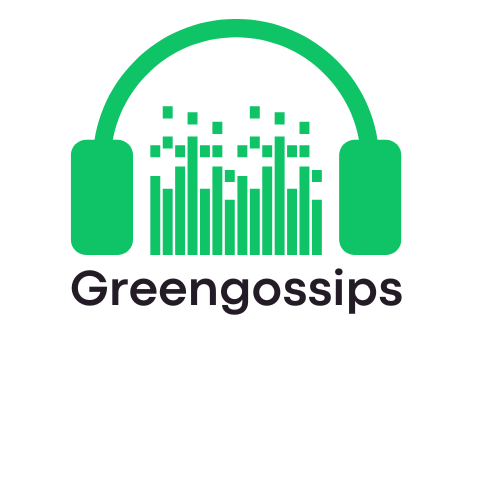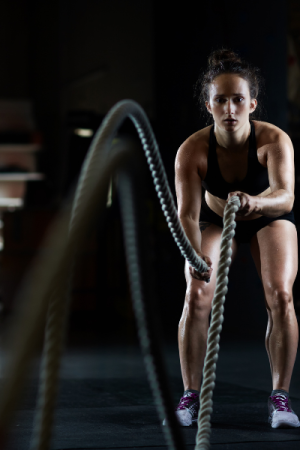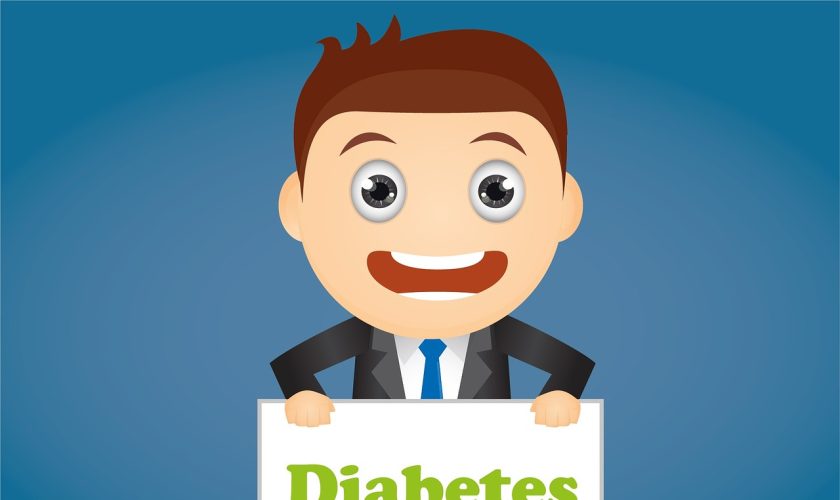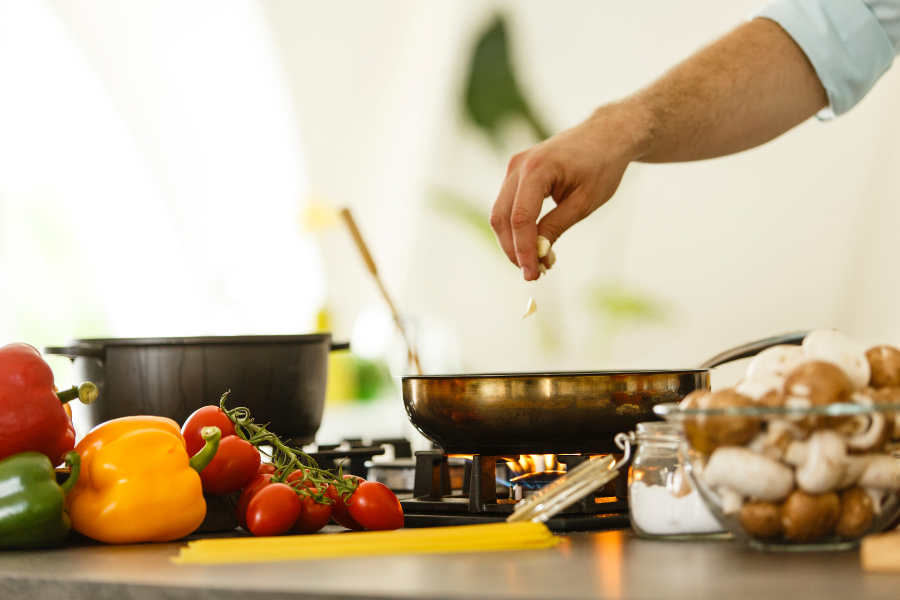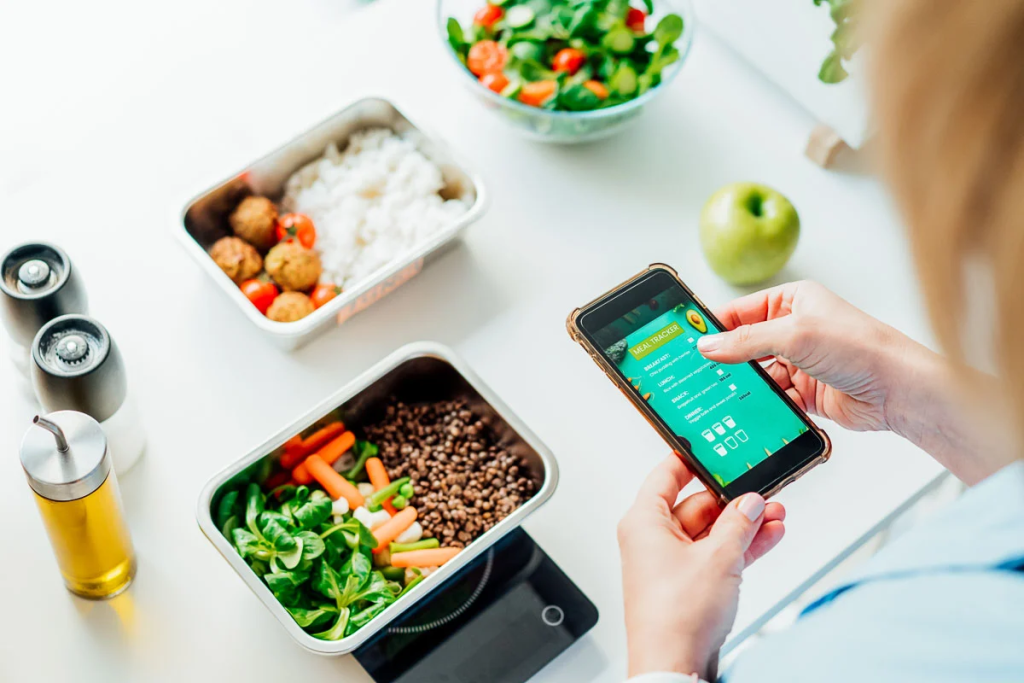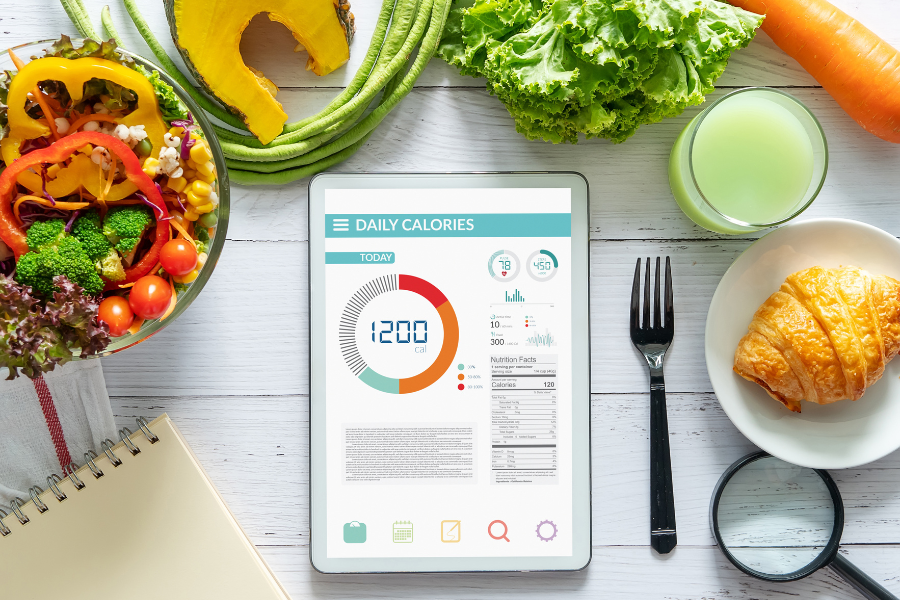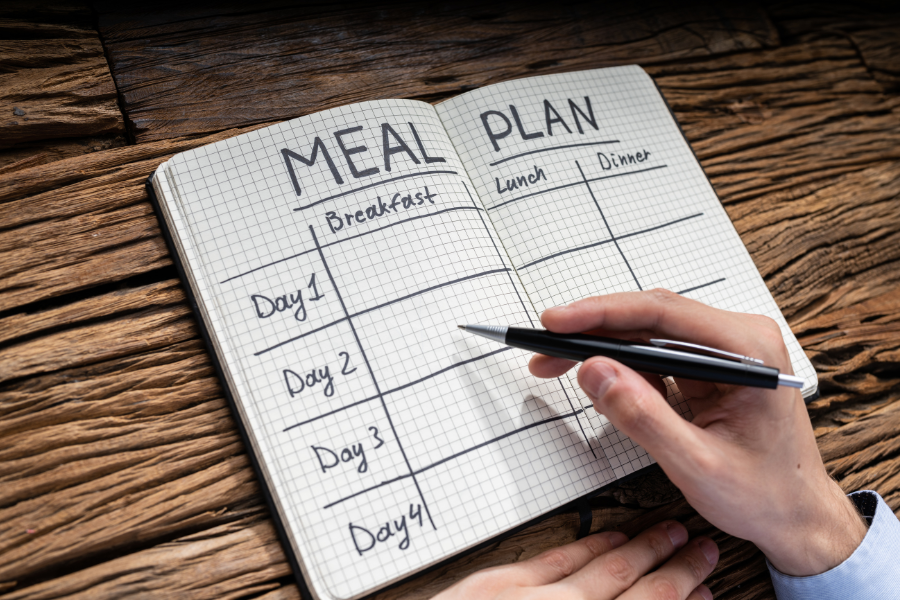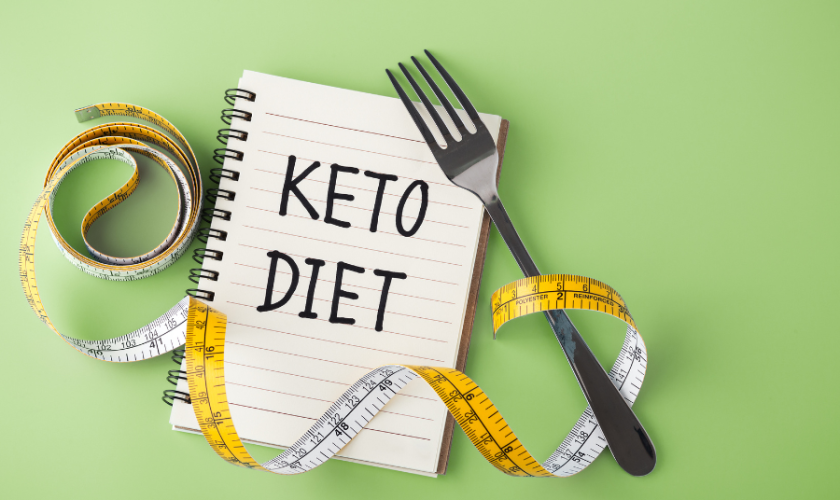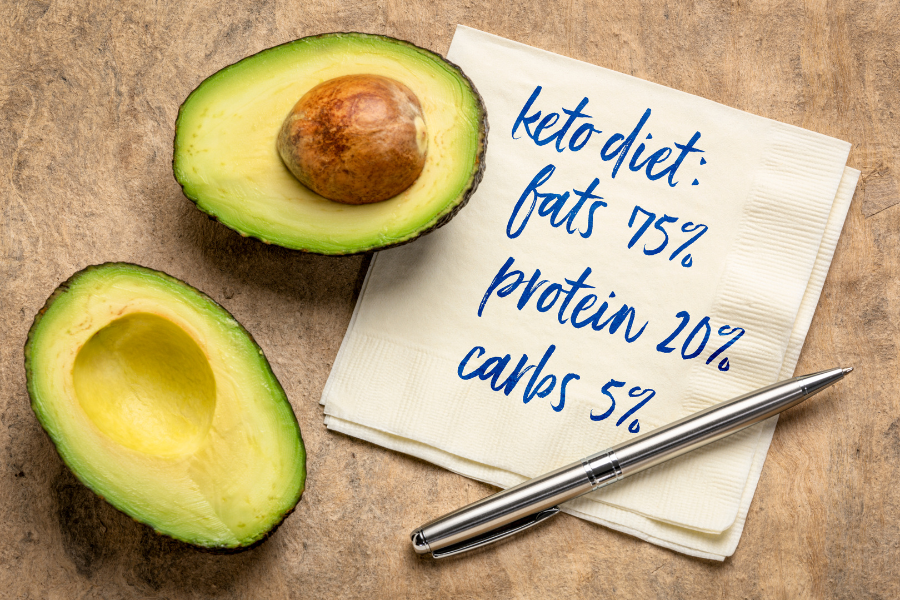Introduction
Diabetes, in most simple terms, can be defined as a condition in which too much sugar accumulates in the blood of your body leading your pancreas to malfunction and stop producing insulin or else producing insulin in excess. Insulin is a hormone that controls the blood glucose of the human body.
Whether a person is suffering from diabetes can be found by a simple blood test. Blood tests can be conducted before and after meals to check the intensity of disease’s inroads in your blood. They can be conducted empty stomach or post any of the meals that you eat.

If a person suffers from this disease, it is strongly recommended to consult a doctor. Only a trained doctor can prescribe the appropriate medicine for this condition.
It is also a patient’s responsibility to be alert about what they are eating and what they should be avoiding when they have the said disease. Apart from eating the doctor-prescribed medicines, a patient takes care of their daily routine and makes some alterations in their lifestyle to keep a check and maintain proper blood sugar levels.
In this article, we will read some of the home remedies that a patient can undertake to keep the diabetes in control. Let us first talk about the types of Diabetes and the symptoms of diabetes.
Types of Diabetes
Different Types of diabetes are:- Type 1, Type 2, Prediabetes, and Gestational Diabetes.
- Type 1 is a condition in which the pancreas is unable to produce insulin or produce it in less amount.
- Type 2 is a condition in which the way your body processes blood sugar is affected.
- Prediabetes as the name suggests implies a condition in which there are increased levels of sugar in the blood, but not high enough to be called Type 2 diabetes.
- Gestational Diabetes occurs mostly in pregnant women.
Symptoms of Diabetes
Some of the symptoms of diabetes may include:
- Frequent urination
- Frequent Weight loss
- Blurry vision
- Increased thirst
- Increased hunger
- Extreme fatigue
- No healing of Scars easily
Extreme diabetic conditions can also lead to nerve and kidney damage and heart-related diseases.
Home Remedies for Diabetes
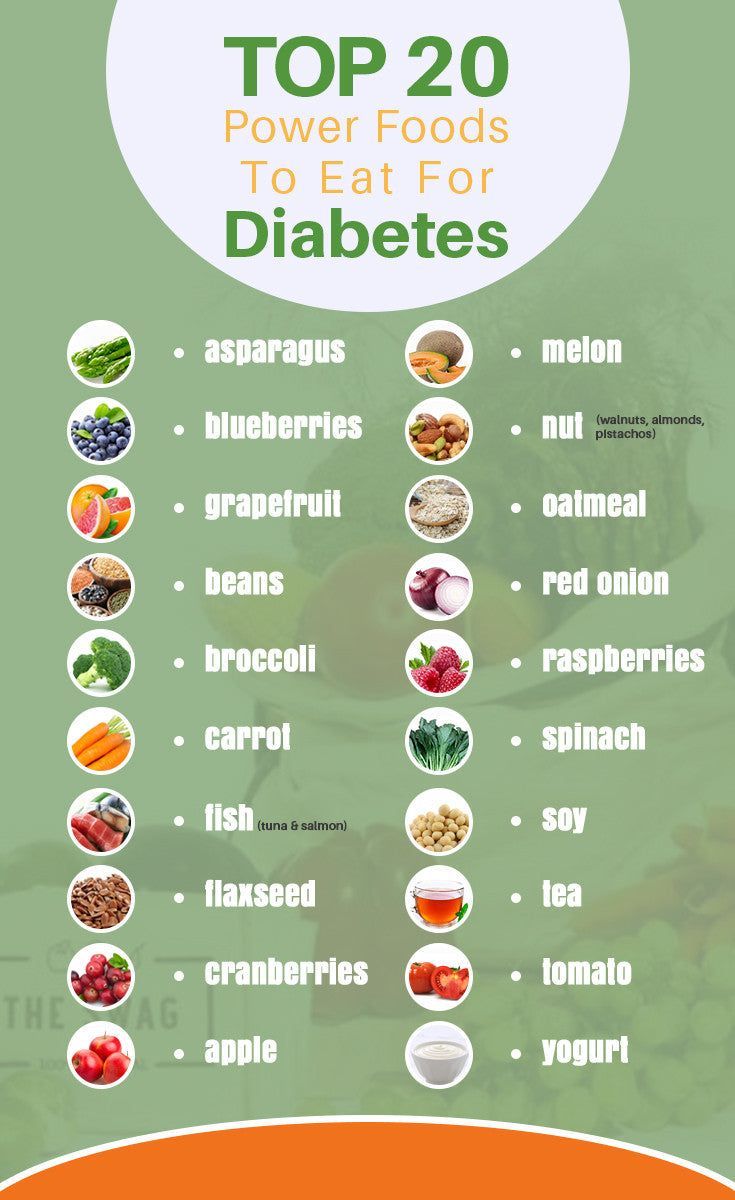
Let us talk about some simple home remedies, which along with medicines prescribed by your doctor, can help you control diabetes.
I want to start listing the remedies with a disclaimer:
A patient always needs to consult a doctor if they find out that they are suffering from the disease. And, they should take the prescribed medicines on time. Under no circumstances should a patient stop medication that has been prescribed by their doctor and just rely of these remedies.
- Lifestyle Changes: The age-old technique for tackling any disease is making some modifications in the lifestyle and the way you conduct yourself in terms of discipline. Avoiding sitting for hours, taking regular walks after dinner, adopting healthy eating habits, etc., can prove to be boosters for reducing diabetes. Taking regular breaks from work if you are a sedentary worker and walking after every 40 minutes of sitting can be advantageous. Walk for 7,000 – 10,000 steps a day. It can solve many other health problems too. Keeping your weight ideal, blood pressure under control, cholesterol levels standard, etc., also come in handy when trying to fight this disease.
- Exercising: Exercise should be a way of life. Exercising always helps balance your mental and physical well-being. A daily routine of a set of exercises should be adopted under the guidance of an instructor. Exercise can not only help reduce blood sugar levels but also improve overall fitness. Weight should be a total knockout when a patient is suffering from diabetes. Weight increases can create complications in the people having the disease. Thus, it is very important to remain fit as well as maintain an ideal weight when going through diabetic medications. Cycling, Jogging, Yoga, and swimming can prove to be useful too.
- Managing Stress: Stress goes a long way in making diabetes disease a chronic threat. The patient should avoid stress and anxiety to maintain optimum levels of blood sugar and thus fight diabetes. The patient should deal with a difficult situation amicably and with zeal thus reducing stress. The normal ups and downs of life, in addition to having the disease, can cause a lot of stress and anxiety in patients with diabetes. In case of stress, the body produces some hormones which can prove to be disastrous for a body having diabetes. These hormones impair the proper functioning of the Insulin thus leading to a high risk of an increase in blood sugar. The patient of stress should be reassured repeatedly that the disease, in today’s times, is fully curable and can be treated with ease by trained doctors.

- Sleep Balances: It is very important to maintain a sound sleep while you are suffering from diabetes. It is advisable to have a proper, healthy eight hours of sleep to keep diabetes under control. Lack of proper sleep can further degenerate the condition. Sleep disorders can lead to even more complex conditions of diabetes. It is found that blood sugar levels can surge when you sleep. In normal circumstances, Insulin can handle this increase. However, in diabetic patients, this can mount to trouble as insulin functioning is impaired to some extent. Thus, it is very important to maintain a proper sleep order and discipline and lead a healthy life. Sometimes, lack of sleep can lead to food cravings and unhealthy eating habits which again can lead to overweight and thus a surge in sugar levels.
- Drinking Plenty of Water: Water can prove to be useful for patients with diabetes. Drinking a lot of water helps the patients flush out waste and excess glucose regularly and keep their kidneys healthy. Always keep yourself hydrated. You can drink water along with tea, black tea, black coffee, etc. Additionally, have toned and double-toned milk and Buttermilk, Lemonade, etc. But avoid aerated drinks.
- Eating Habits: A patient with diabetes should develop healthy eating habits to keep diabetes under check. The more you are food-aware of diabetes, the better you are equipped to fight it. Carbs form an important part of your daily dietary intake. You must maintain a decent level of carbs intake because carbs directly convert into blood sugar. Carbs when in excess in diabetic patients, cannot be processed properly and finely. Avoid foods that directly spike the blood sugar levels, such as processed sugar and refined flour.
- Having foods such as salads, food rich in magnesium and chromium, including fruits and vegetables in the right amount in the diet, green tea after lunch and dinner, etc., are some of the healthy practices that the patient of diabetes should develop over time. Consuming a lot of fiber and whole grains can help better the condition. Black plum, apple cider, fenugreek, ginger, cinnamon, etc., can also prove beneficial if taken in the right quantities.
- Eat portion meals instead of eating too much at a time. Eat slowly, chew food more rigorously, use reduced plates, and spread out eating over 5-6 meals.
- Quitting Smoking and Drinking: Smoking can wreak havoc with your life if you are a patient with Diabetes. Smoking in any way is also not good for your health. If you are a smoker, the risk and complications can increase if you are suffering from diabetes of any type. Nicotine, a substance found in cigarettes can prove to be detrimental and hazardous and can increase the level of blood sugar. Smoking also makes it difficult to inject insulin into the body in people suffering from diabetes. Drinking alcohol is yet another show-stopper for a healthy body.
- Maintaining Optimum Weight: Maintaining an optimum weight is crucial for reducing diabetes. Ask the doctor for your ideal weight and maintain that weight throughout; not only for reducing blood sugar levels but also for keeping healthy and avoiding other health-related problems. If you are overweight, there are chances that you have high cholesterol as well, which hampers the proper functioning of Insulin and thus causes stroke and heart attacks.
- Eating Supplements and Probiotic Drinks: Apart from taking and eating healthy foods, a patient with Diabetes should regularly take minerals and vitamin supplements in consultation with the doctor. Taking several minerals helps digest the glucose faster and with ease. Trace minerals and chromium, in addition to taking Vitamin D, can help improve glucose absorption.
- Seeing Your Physician Regularly: You should often consult your physician regularly especially when you feel that the symptoms are becoming grave and severe. Proper medication can help you in the overall management of your diabetes and physical and mental health. In times of doubt, do not hesitate to call your doctor and seek their advice.
Key Takeaways
Whether you are a patient of Diabetes or not, in today’s times it is very important to be cognizant of the fact that the routine lifestyle of people is causing more and more chronic problems. And Diabetes is one of them. Equally important is the realization that patients should maintain a balanced lifestyle to fight this disease.
With the medication simple home remedies will prove to be a boon for all the people suffering from the disease. A healthy, in-the-pink lifestyle, healthy eating and drinking habits avoiding alcohol and smoking, regularly going for walks, as well as including exercising in your daily routine and avoiding sleep disorders, etc., can prove to be valuable in the long run effectively.
Follow simple remedies and be proactive about your physical as well as mental health and you can easily fight out and do away with this disease or at least keep a watch on it.
We wish you the very best in your fight against the disease! Hope you stay in the pink of health.
